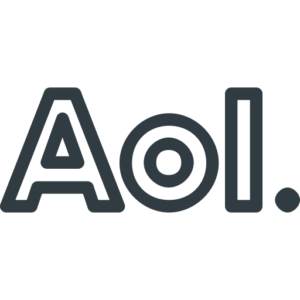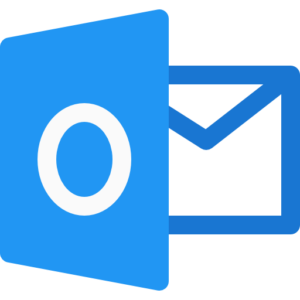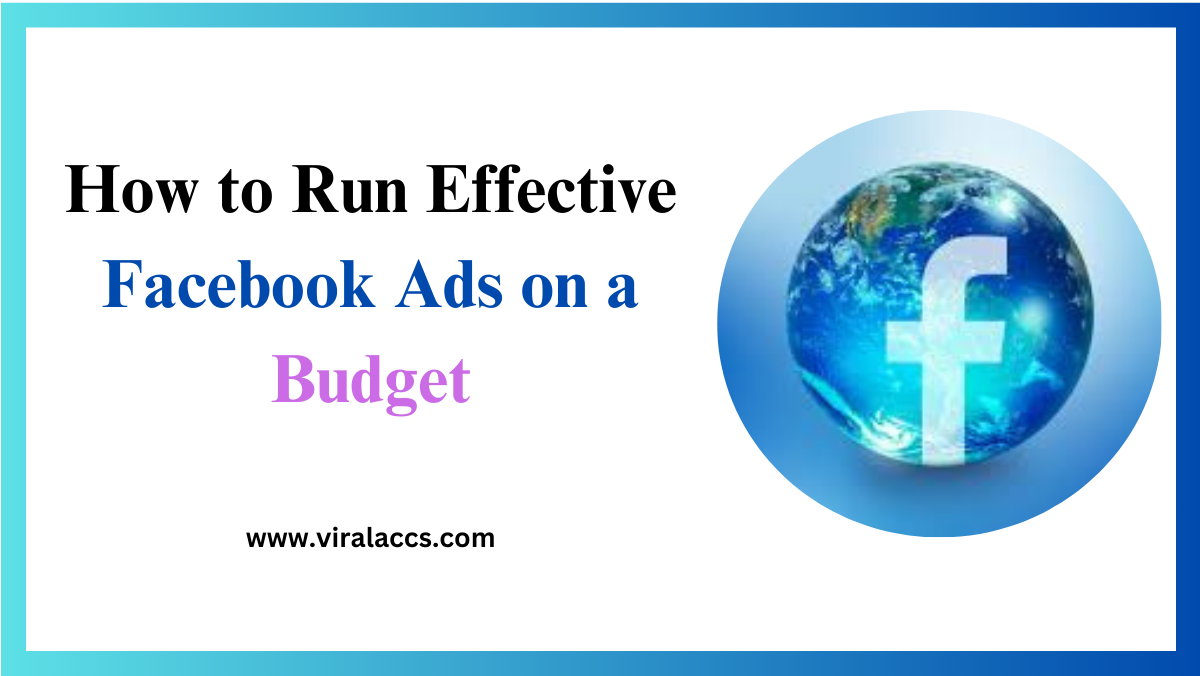It might be scary to run Facebook advertising, particularly if you have a limited budget. However, with the right strategies, even small businesses can see significant returns on their investment. This guide will walk you through everything you need to know about running effective Facebook ads on a budget, from understanding the basics to creating compelling ads that captivate your audience.
Understanding Facebook Ads
Facebook ads are powerful tools for businesses aiming to reach a broad or targeted audience. Unlike traditional advertising, Facebook ads allow you to precisely target users based on demographics, interests, and behaviors. This precision ensures that your ads reach people who are most likely to engage with your content or purchase your products.
One of the main advantages of Facebook Facebook advertisements’ versatility is one of their key benefits. Starting modest, you can increase your spending as you notice results. This makes them ideal for businesses of all sizes, including startups and small businesses. Furthermore, Facebook’s robust analytics tools provide detailed insights into ad performance, enabling you to adjust your strategy in real-time for optimal results.
Despite these advantages, many businesses still struggle to achieve their desired return on investment (ROI) with Facebook ads. This is often due to a lack of understanding of how the social media platform works and how to leverage its features effectively. By learning the ins and outs of Facebook ads, you can run campaigns that deliver impressive results, even on a shoestring budget.
Setting a Budget
Determining your budget is the first step in running effective Facebook ads. Start by assessing how much you can afford to spend on advertising. This might be a monthly, weekly, or even daily figure, depending on your business needs and financial situation.
When setting your budget, it’s crucial to consider both your overall marketing budget and your specific goals for the Facebook ad campaign. For example, if your goal is to increase brand awareness, you may need to allocate more funds to reach a broader audience. Conversely, if your goal is to drive traffic to your website, you might focus on more targeted ads that require a smaller budget.
Facebook offers several budgeting options to fit different needs. You can choose between a daily budget, which caps the amount you spend each day, or a lifetime budget, which spreads your ad spend over the duration of the campaign. Both options have their advantages, and the best choice depends on your campaign goals and financial flexibility.
Targeting the Right Audience

One of the most critical aspects of running successful Facebook ads is targeting the right audience. Facebook’s advanced targeting options allow you to reach users based on age, gender, location, interests, behaviors, and more. By doing this, you can be sure that the individuals who are most likely to be interested in your goods or services will see your advertisements.
Start by defining your target audience. Think about who your ideal customer is and what characteristics they have. Use Facebook’s Audience Insights tool to gather data on your existing customers and identify common traits. This information will help you create a detailed audience profile that you can use to target your ads.
In addition to basic demographic targeting, consider using Facebook’s custom audiences feature. This allows you to target ads to people who have already interacted with your business, such as website visitors, email subscribers, or past customers. Custom audiences are highly effective because they target users who are already familiar with your brand and more likely to engage with your ads.
Another powerful targeting option is lookalike audiences. Facebook can create a lookalike audience based on a custom audience, finding users who share similar characteristics with your existing customers. This expands your reach to potential customers who are likely to be interested in your products or services, increasing your chances of success.
Creating Compelling Ads
Even with the best targeting, your Facebook ads need to be compelling enough to grab attention and drive action. Begin by developing a message that speaks to your target audience in a clear and compelling way. Highlight the benefits of your product or service and include a strong call to action (CTA) that encourages users to take the next step.
Facebook ads are far more effective when they have images. High-quality images or videos can significantly increase engagement and conversion rates. Ensure that your visuals are eye-catching, relevant, and aligned with your brand identity. Avoid using stock photos whenever possible; instead, use original images or videos that showcase your products or services in the best light.
In addition to visuals, the ad copy is equally important. Keep your text concise and focused on the main message. Use persuasive language that speaks directly to your audience’s needs and desires. Incorporate relevant keywords naturally to improve your ad’s visibility and relevance.
Try out various ad formats to determine which ones your audience responds to the best. Facebook offers a variety of ad formats, including carousel ads, video ads, slideshow ads, and more. Each format has its unique advantages, and testing different options can help you determine the most effective approach for your campaign.
Measuring Ad Performance
Once your ads are live, it’s essential to monitor their performance and make necessary adjustments to optimize results. Facebook’s Ads Manager provides a wealth of data on ad performance, including metrics such as reach, impressions, clicks, conversions, and more.
It will be easier for you to determine what is and is not functioning if you regularly evaluate these measures. Pay close attention to key performance indicators (KPIs) that align with your campaign goals. For example, if your goal is to drive website traffic, focus on metrics like click-through rate (CTR) and cost per click (CPC). If your goal is to increase sales, track metrics like conversion rate and return on ad spend (ROAS).
Based on your analysis, make data-driven decisions to improve your ad performance. This might involve adjusting your targeting, tweaking your ad copy, or reallocating your budget to the most effective ads. Continuously testing and optimizing your ads will help you achieve better results and maximize your ROI.
Conclusion
Running Facebook ads on a budget is entirely possible with the right approach. By understanding the platform, setting a realistic budget, targeting the right audience, creating compelling ads, and measuring performance, you can run effective campaigns that deliver impressive results.
Remember, the key to success with Facebook ads is continuous learning and optimization. Stay updated on the latest trends and best practices, and don’t be afraid to experiment with different strategies to find what works best for your business.
Ready to take your Facebook ads to the next level? Sign up for our free trial today and start optimizing your campaigns for better results.








